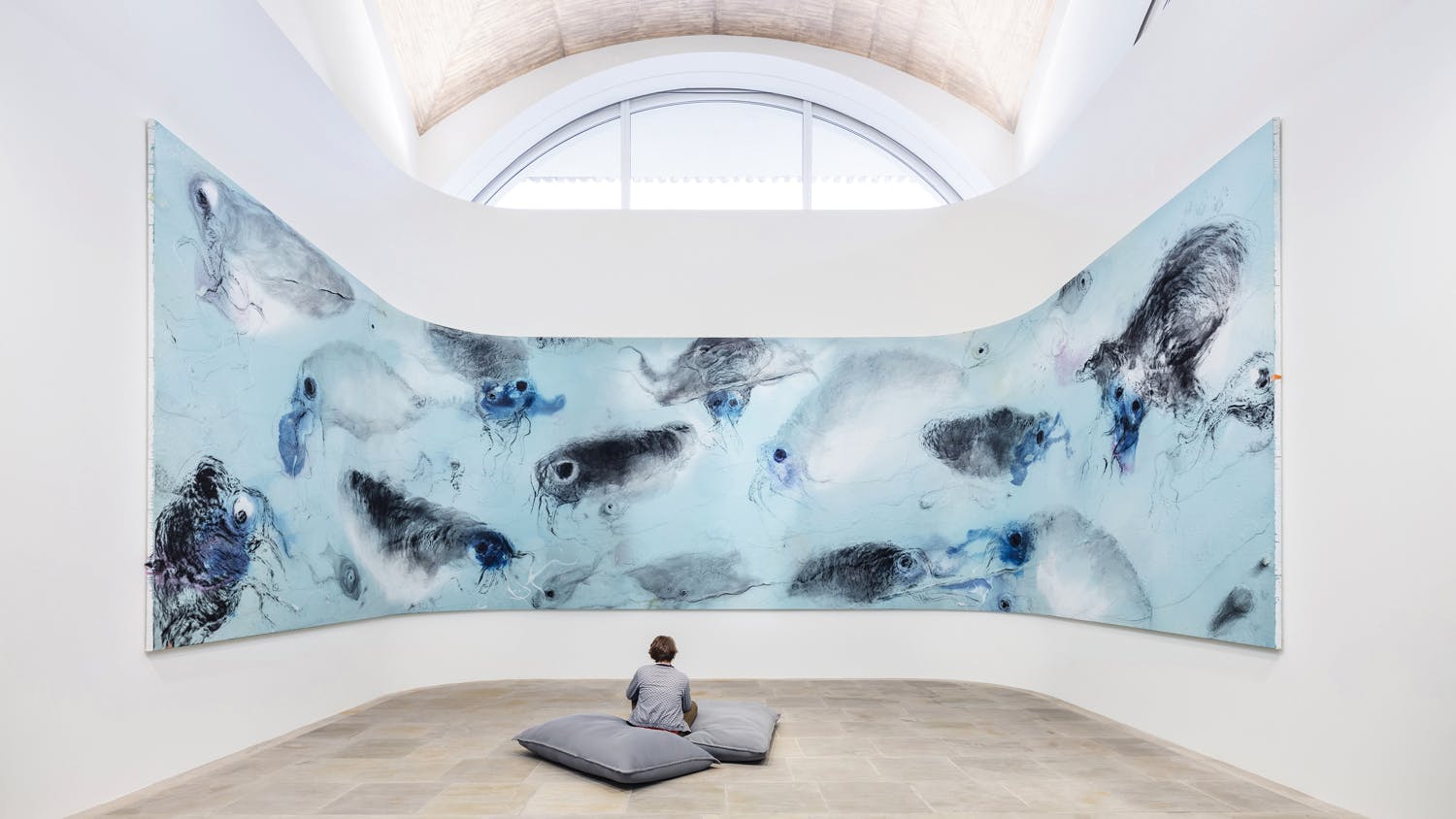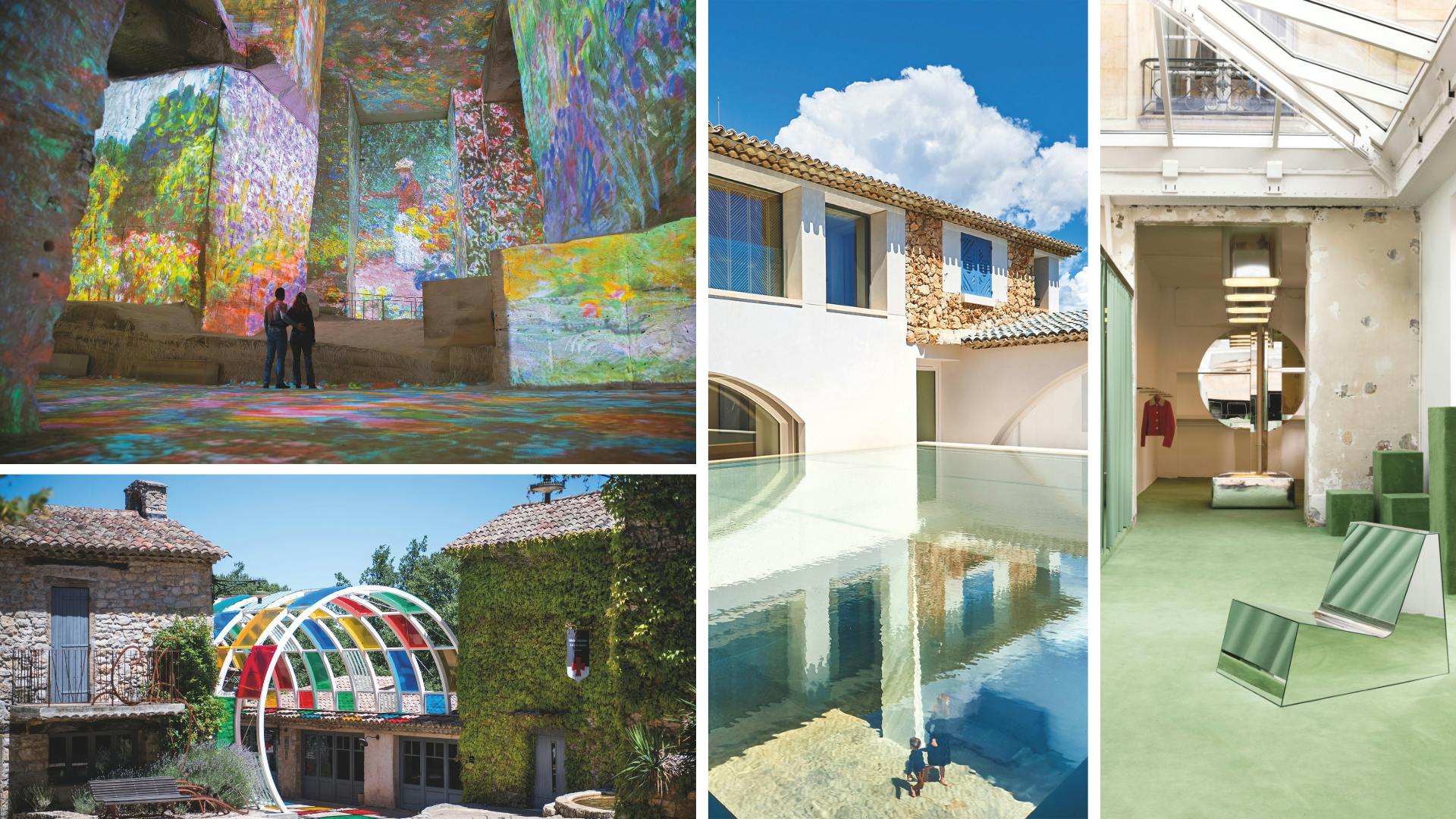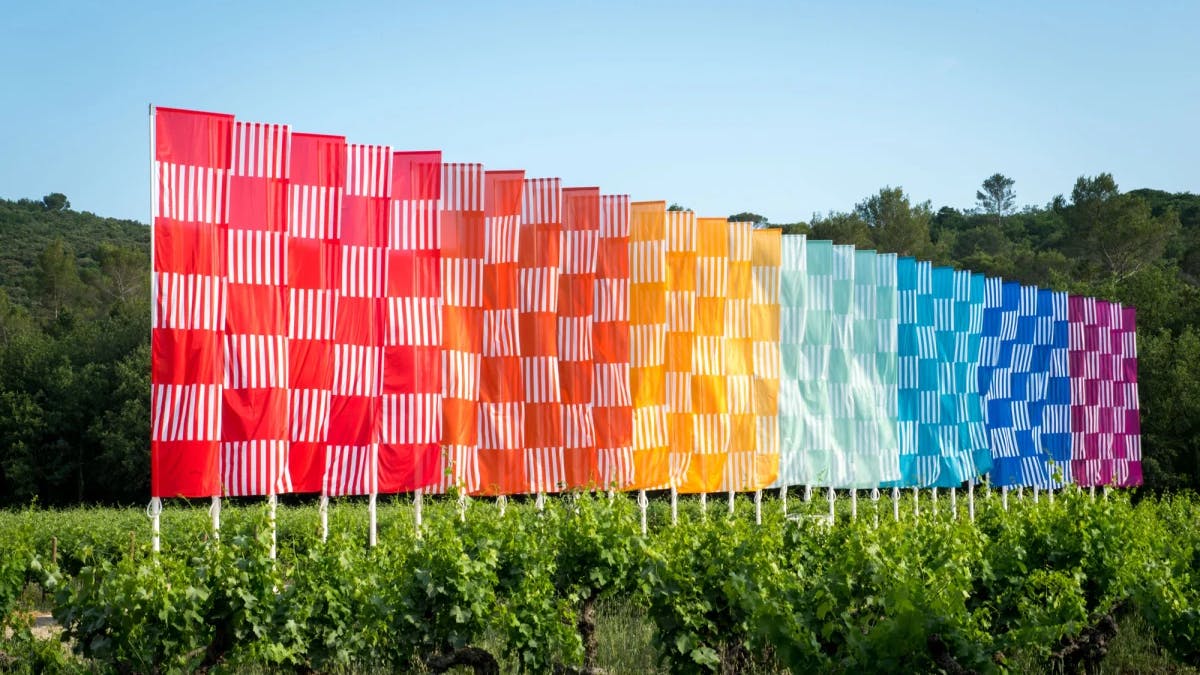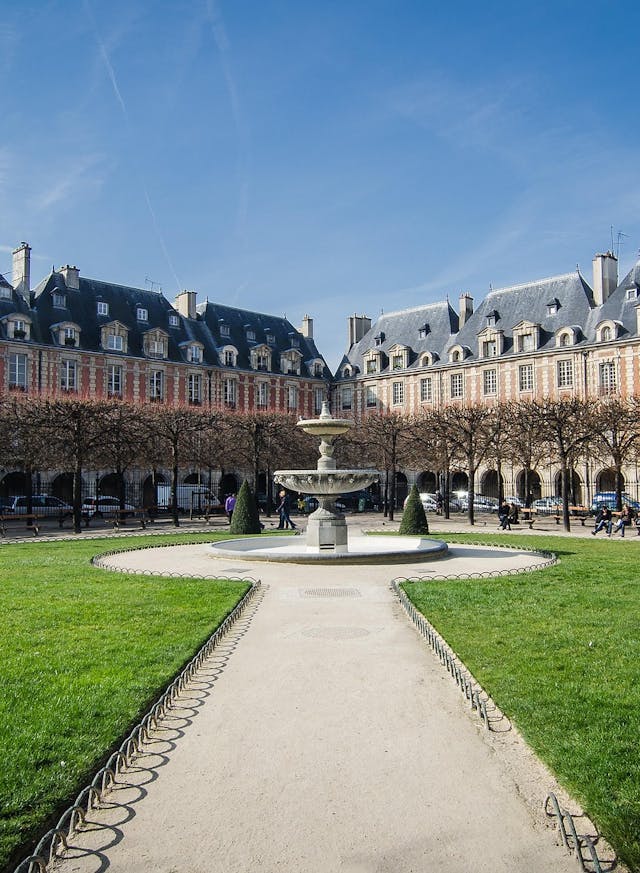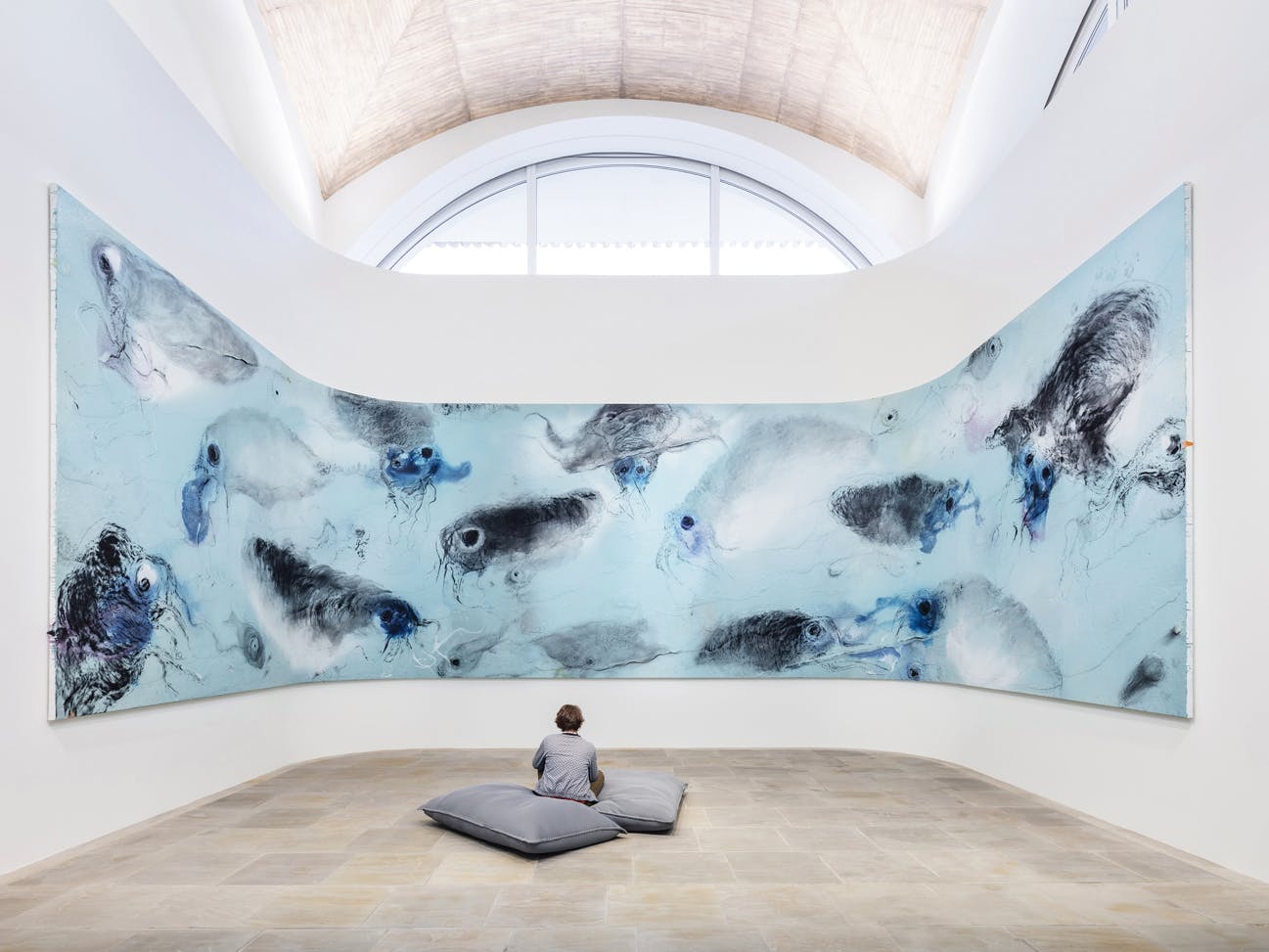
Art & Culture
Art Breaks Free
With the public seeking more immersive, sensory experiences, art is now moving beyond the museum setting to explore new spaces and formats. Artists and their followers alike are setting their sights on new horizons.
Far away from more traditional venues, art is popping up where you would least expect it. It is interacting with nature, contrasting with the architecture of different sites, and inviting people into immersive experiences that lend the works themselves a whole new dimension. These initiatives are united by the fact that they are aimed at a wider audience, offering a chance to enjoy a work and its creator for the first time, or to rediscover it from a totally new perspective.
Open-Air Art
This approach has been a roaring success, as shown by the popularity of the Carrières des Lumières in Les Baux-de-Provence, which has transformed a former mineral quarry into a huge exhibition space. Displayed across imposing limestone walls, the projected works come to life to the beat of immersive sound compositions. Nearly 770,000 visitors enjoy this unique experience every year. In 2025, Monet’s works will take over this monumental setting, alongside the creative world of Douanier Rousseau. Meanwhile, other venues are focusing on the harmony between art and nature. In Porquerolles, the Villa Carmignac blends into the Mediterranean landscape. Beneath its Provençal farmhouse, underground rooms bathed in natural light host both temporary exhibitions and permanent collections. Outside, a sculpture garden prolongs this immersion in the art and natural worlds. A little further east, in the heart of the Massif des Maures, the Commanderie de Peyrassol houses Philippe Austruy’s contemporary art collection. Outdoors, set between vineyards and wooded clearings, visitors can discover works by Niki de Saint Phalle and César
© V.Pinson © Commanderie de Peyrassol DB ADAGP ©Laurent Lecat ©Yvan Moreau
Sketches of Everyday Life
Pushing this surprising, contrasting approach even further, art is also making its way into everyday spaces and events, challenging our understanding of our relationship with creativity – which is sometimes put on a pedestal. In Paris, the Amélie Maison d’Art gallery, founded by Amélie du Chalard, deliberately blurs these lines by presenting works in a setting designed to look like a lived-in home interior. Here, the interaction with art is no longer limited to observation but becomes part of a lived experience. Other venues are going even further by combining disciplines. This is the model used by Halo in Paris, where an 18th-century mansion has been transformed into an artistic laboratory, bringing together exhibitions, live performances and gastronomy for an immersive, sensory approach to art. But by leaving the hallowed walls of traditional galleries and museums, does art lose its aura, or does it instead find a new resonance in these everyday settings? By entering our living spaces, art softens without fading away, becoming more accessible without losing its evocative power. These initiatives reveal the public’s changing relationship with culture, in a renewed search for perception and emotion.
© Gallerie Continua et Commanderie de Peyrassol DB ADAGP - Paris-Christophe Goussard
Article from the Magazine Esprit de France.
Cover - © Luc Boegly
Find 4, 5 star Hotels, Boutique Castle Hotels, Residences for your next trip in France
Published on 12/09/2025
